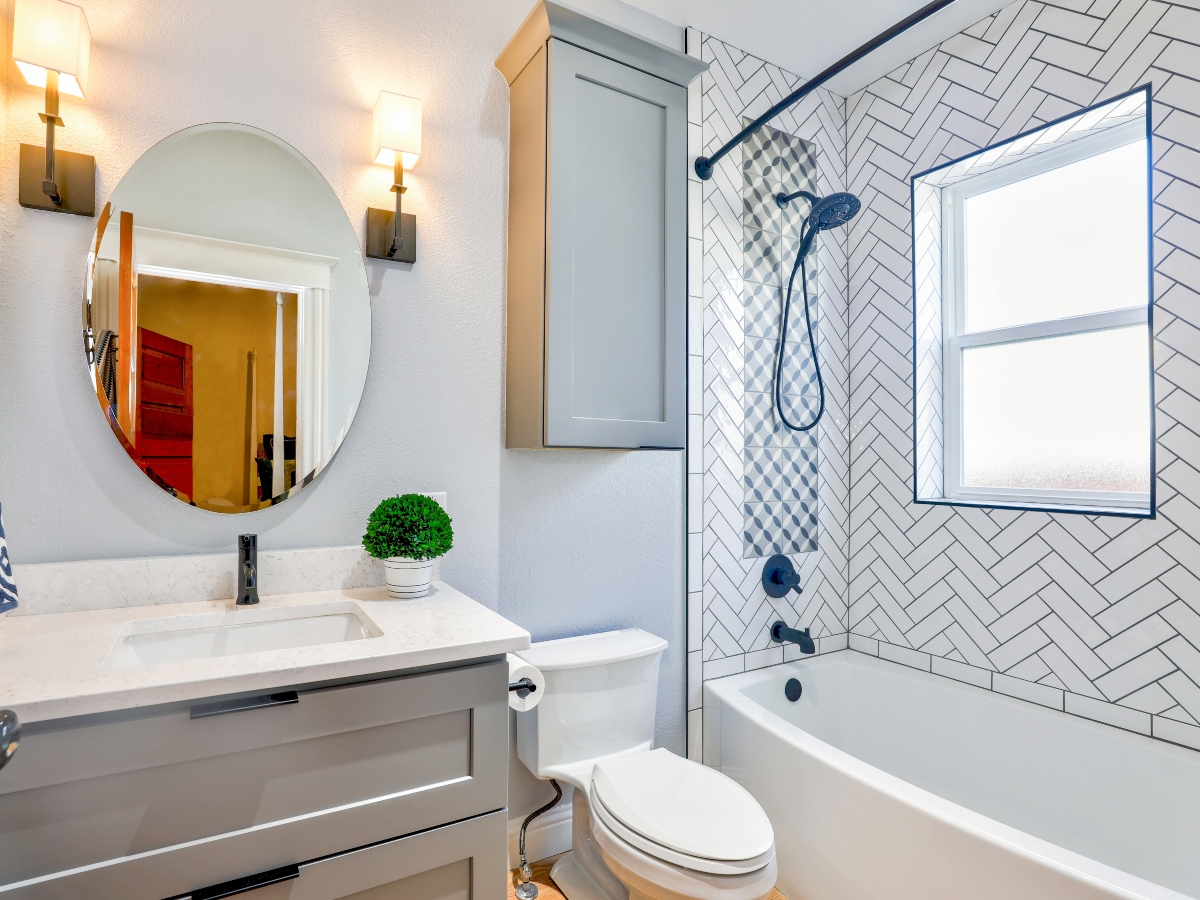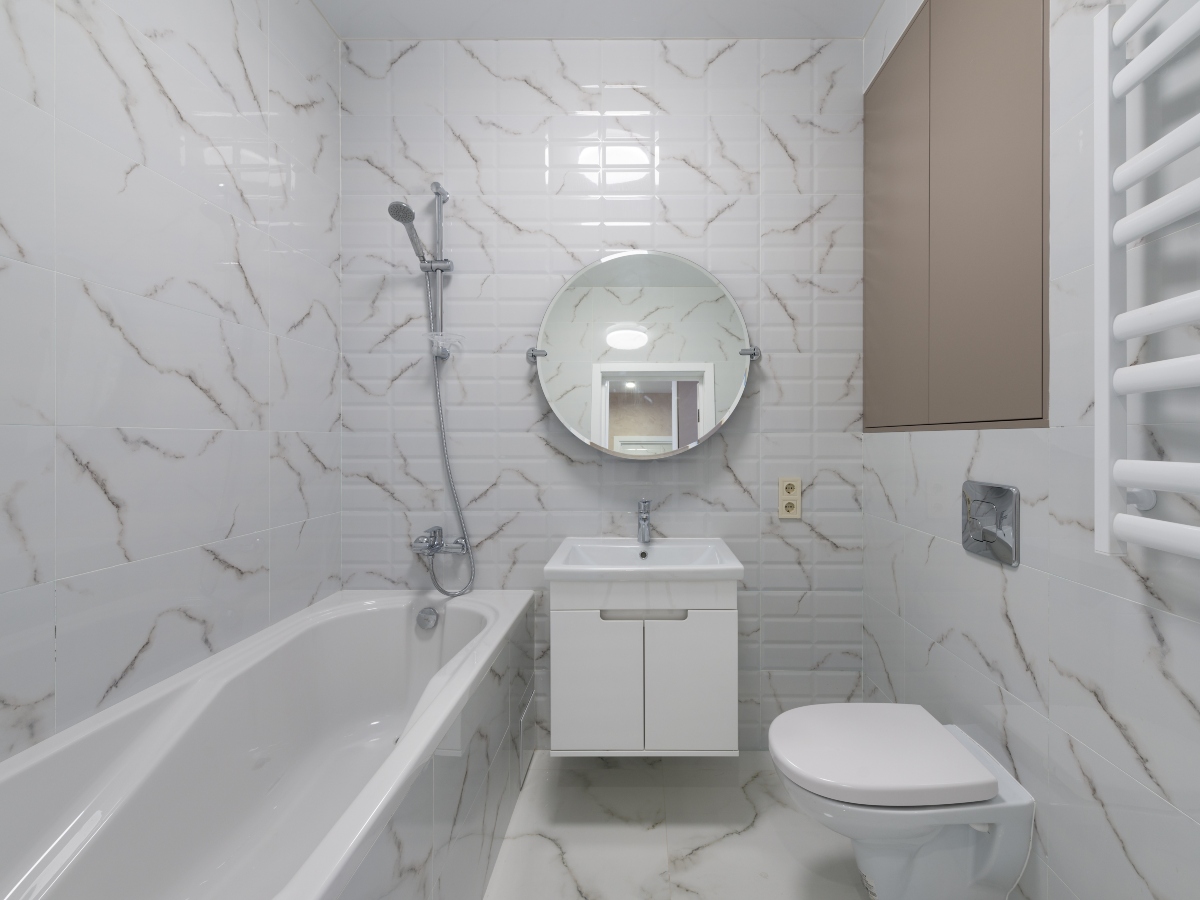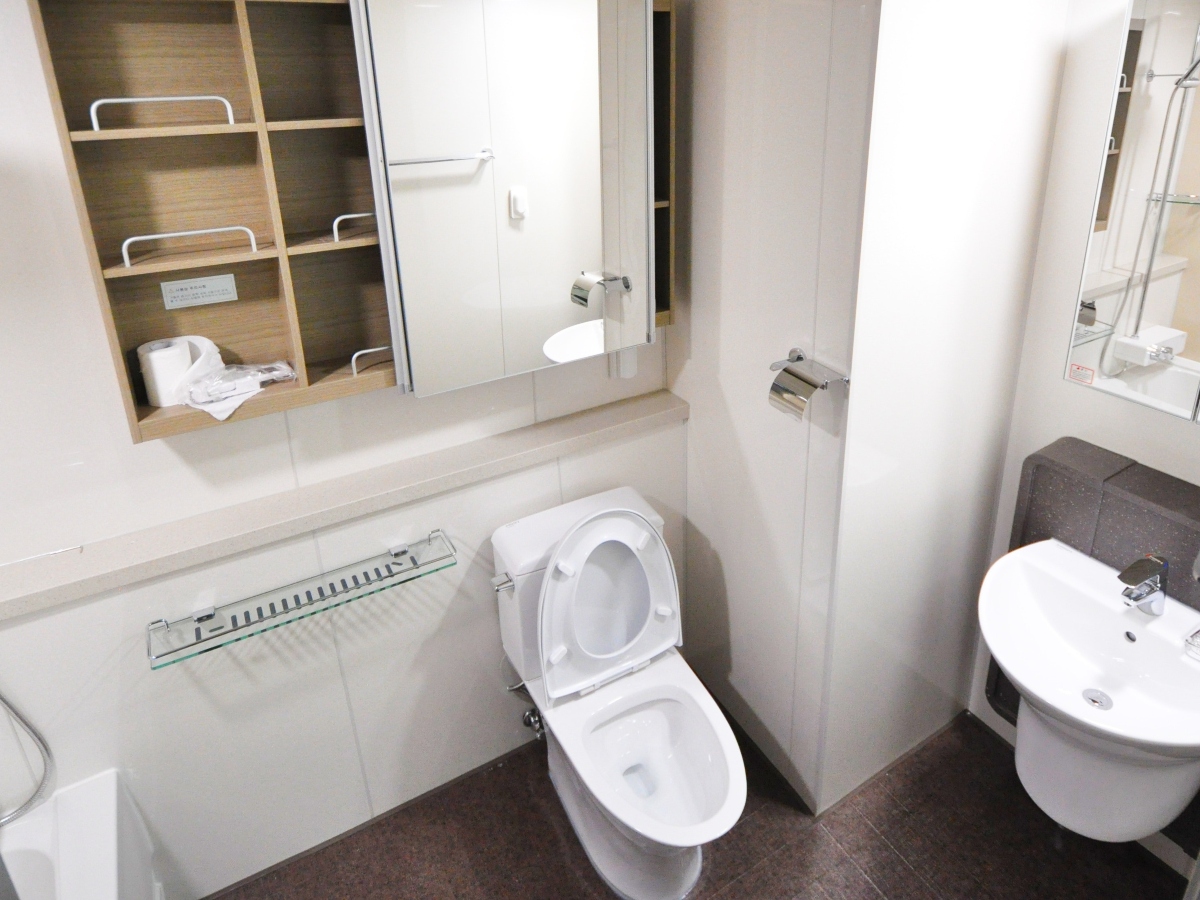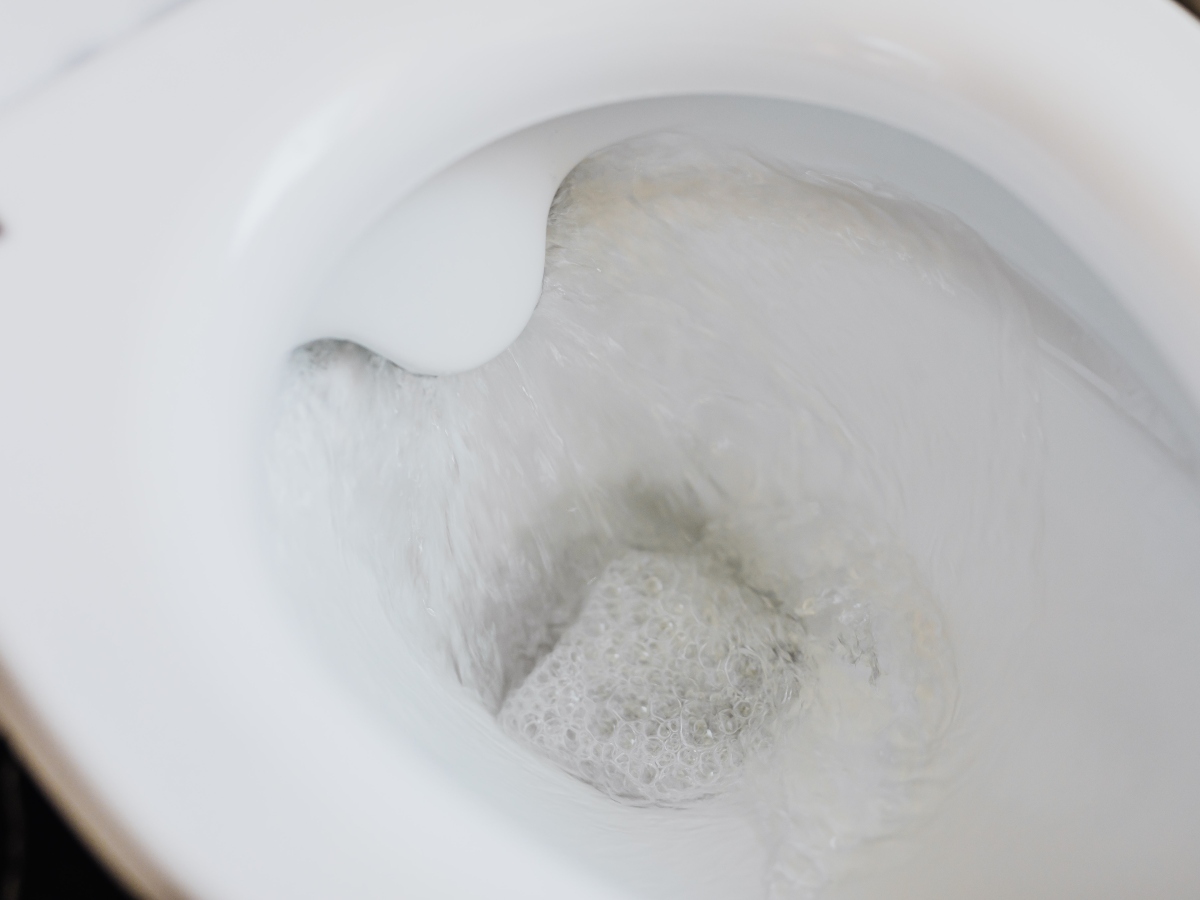It has happened to all of us – you flush the toilet, and the water comes back into the bowl, but the toilet keeps running. The sound of running continues, and you worry that your toilet might overflow even though the flush worked as expected. You ask – “Why is my toilet running?” Looking over the toilet, it does not seem like there is a problem on the surface and everything looks normal. Yet… it’s not. Unfortunately, you have no idea what the cause is. Stuck, you walk away into the house, hoping that the problem will resolve itself by the time you come back.
When you visit the restroom a couple of hours later, it hasn’t resolved. So, what should you do? What does it mean when your toilet keeps running? You ask yourself – “Why is my toilet running?” “How do I fix a toilet that keeps on running?”
Help! Why Is My Toilet Running?
Ok, you have identified the problem – your toilet is running. Now let’s answer the question – Why?
The good news is that most times your toilet is running, the fix should be simple. There are a few common causes for a running toilet that is likely the issue.
So, how does my toilet work? When you flush the toilet, the water in the bowl goes to the sewer, and water then fills the tank to replace it. The flush triggers a flapper to open, which facilitates water draining. Inside that tank is a “float” that lets the system know when the toilet is refilled. The flapper returns to a closed position when the float reaches the right level. When this does not work correctly, it can cause the toilet to keep running.

Okay, Where Do I Start? Let’s Talk Troubleshooting.
First, make sure you have the right tools on hand to investigate. Ensure that you have a bucket, towel, screwdriver, rubber gloves, and pliers within easy reach. Time to find the answer to: “Why is my toilet running?”
To get started, open the lid of your toilet’s cistern. This is the top portion of your toilet. Set the cover aside so that you can work within the tank. So, where should I look first? What is the most common cause of a running toilet? Run through the following sections to find out why.
The Float Needs Adjustment
The most common cause for a running toilet is that overflowing water is leaking down from the tank into the toilet bowl. An adjustable float controls the level of water in the tank. If this float is too high, the water will continue spilling into the overflow tube, and the valve will never shut off. You can fix this by changing the height of the float to adjust the water level inside the tank.
There is a fill mark on the back of the toilet tank, which is the height that the float should be. If you cannot find the fill line, use a measuring tape (or eyeball it) to find one inch down on the overflow tube.
To adjust the float, you will need to either tighten or loosen the screw until the float lowers down. Do not forget to tighten the screws or clips afterward. If you have an older toilet, you might have to bend the brass rod connected to the float ball to get it to adjust.
Flush the toilet every time you adjust to test.

A Leaking Flapper
Unfortunately, if this is the cause of your issue, you will need new equipment (a new flapper) to resolve the issue. When a flapper gets too old, it may no longer seal how it needs to and will not prevent water from flowing. Water will constantly move from the tank into the toilet bowl when this happens, causing your toilet to keep running. This uses water and can affect your bills and the environment, as a running toilet can waste hundreds of gallons of water daily.
First, drain all the water from the tank to replace the flapper. You can do this by shutting off the water supply to the toilet. To do this, you will need to find your toilet’s shut-off value which is usually to the bottom left of the toilet on the wall. After you have located the valve, turn it clockwise to tighten it and shut off the water supply. You can verify that it worked by flushing the toilet (which will drain the water). You have successfully turned off the tank if the bowl does not refill.
If the valve is tough to turn, it could mean it is damaged and needs to be replaced. Do not force it; it could break the valve and flood your home – which is objectively worse than a running toilet!
After you have drained the water, remove the flapper and replace it with a new one. You can find a flapper at your local hardware store. To remove the old flapper, detach the chain and remove the flapper from the pins on the side of the overflow tube. Make sure the chain connected to the flapper is short enough. If it is too long, it may get caught underneath the flapper, preventing it from sealing.
The Flapper Chain
The flapper works as the flush lever outside your toilet is connected to the flapper by a chain. The flush pulls the chain, and the flapper opens, allowing water to flow from the tank into the bowl to replace the water that flushes out into the sewage system.
If this connection is disturbed, the toilet will not work correctly. To troubleshoot the problem, ensure the chain is connected to the lever and flapper as expected. If it is connected, check how much slack the chain has. If it is too short (not enough slack), the flapper won’t seal. In the event that it is too long (too much slack), the flapper won’t respond to the lever and will not open.
The Refill Tube Is Too Long
Another possible cause for a running toilet could be the refill tube. The refill tube is what refills the tank after you flush the toilet. If the tube is not short enough and is positioned incorrectly in the overflow tube, it can continue pumping water into the bowl. This is what causes the toilet to run. To shorten the refill tube, you will need to remove it from the overflow tube. Next, trim it to size, then reclip/reinstall it to the overflow tube, so it stays in place. Securing it will help make sure that this problem does not happen again.
How Do I Test My Fix?
To test that the issue is resolved, flush the toilet! Fingers crossed. Hopefully, the toilet will flush, refill the bowl, and you will hear the sweet sound of silence.
Then you can ask yourself: Why is my toilet running? It’s not! At that point, give yourself a high five. Success!



